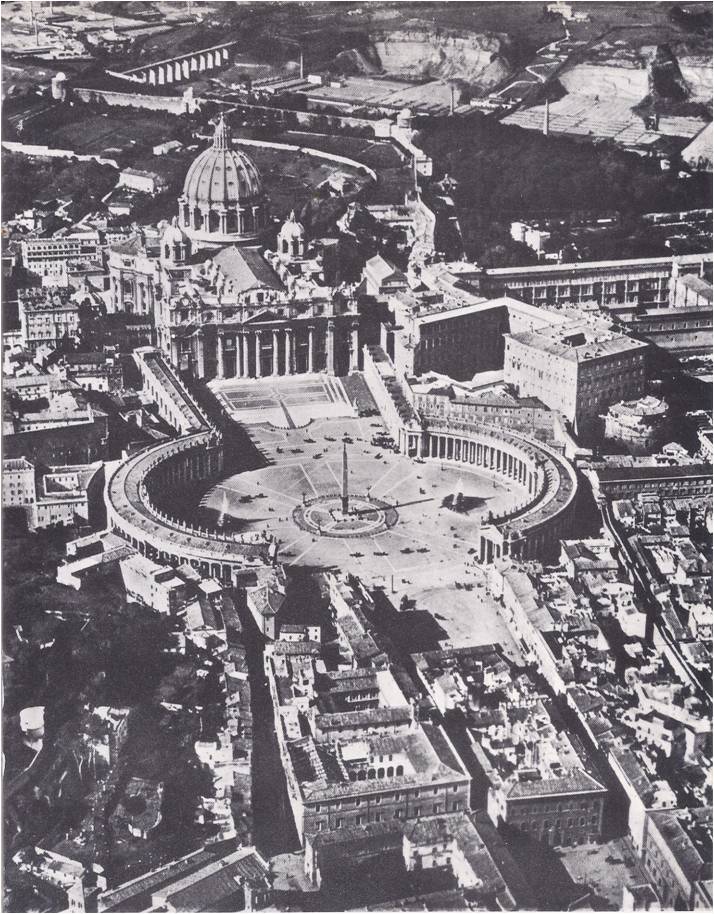In 1492, young Giovanni de’ Medici bade farewell to his father, Lorenzo the Magnificent and left Florence to take his place in Rome among the cardinals of the church. At sixteen, Giovanni was a nobleman in the court of the pope, a man of influence and power. That was fortunate, for when Giovanni was eighteen, his family’s power collapsed. The Florentines drove the Medici from their city and Giovanni, who had come home for a visit, narrowly escaped being stoned by the citizens who once had cheered him. As he crept out of the city, disguised as a poor friar, …
Read More »Tag Archives: St. Peter
Charles, Called the Great 771 – 814
IT WAS COLD INSIDE the great cathedral of St. Peter in Rome on Christmas day, in the year 800. The breath of the closely packed worshipers rose like steam. Although their heads were bowed in prayer, many of the worshipers stole a quick glance at the man kneeling near the high altar. He was tall and heavy, with fair hair and a flowing mustache; he was dressed in a simple tunic and a fur-trimmed cloak. When the devotions came to an end, the tall man started to rise. At that moment, Pope Leo III, Splendid in his gold-encrusted vestments, stepped …
Read More »
